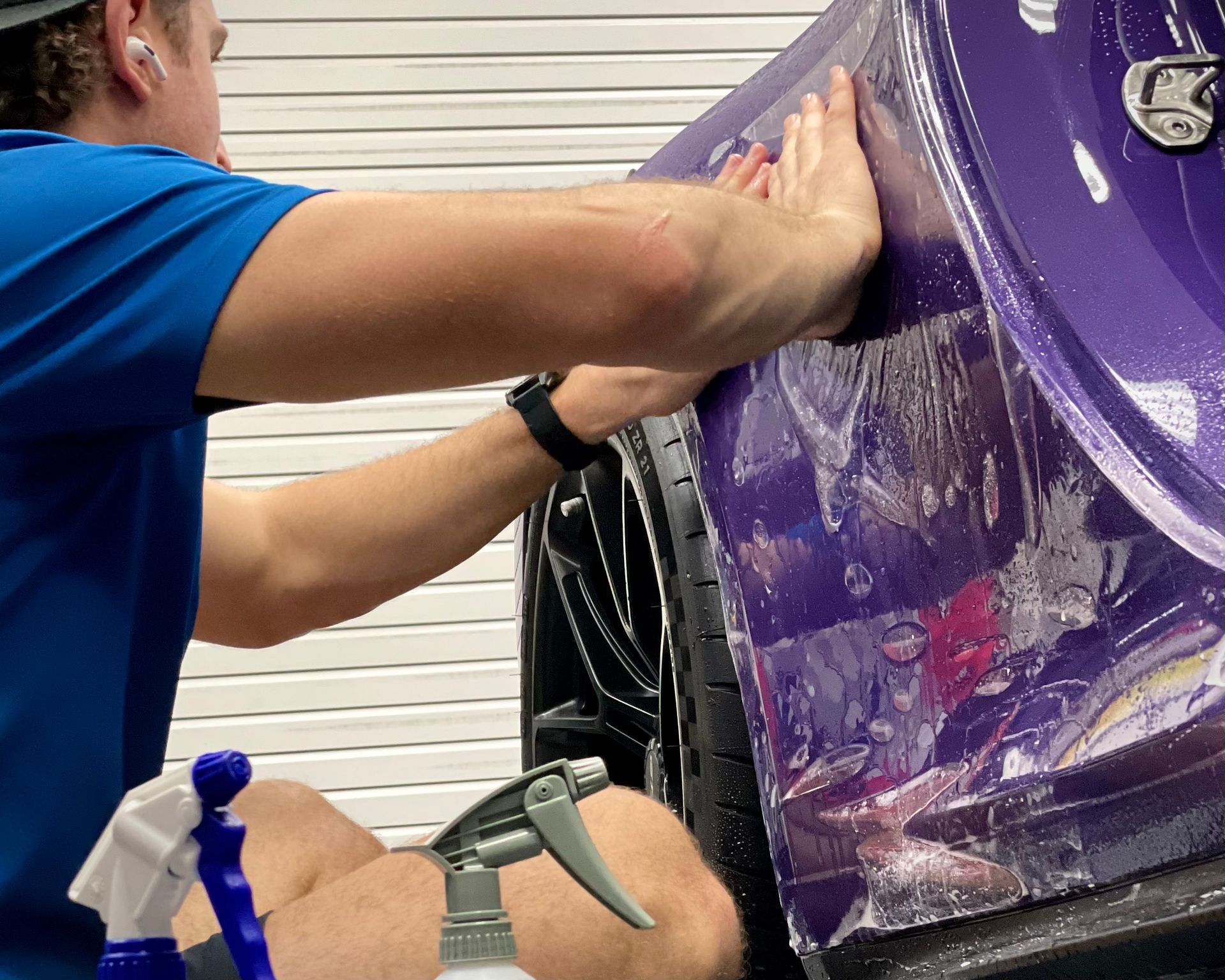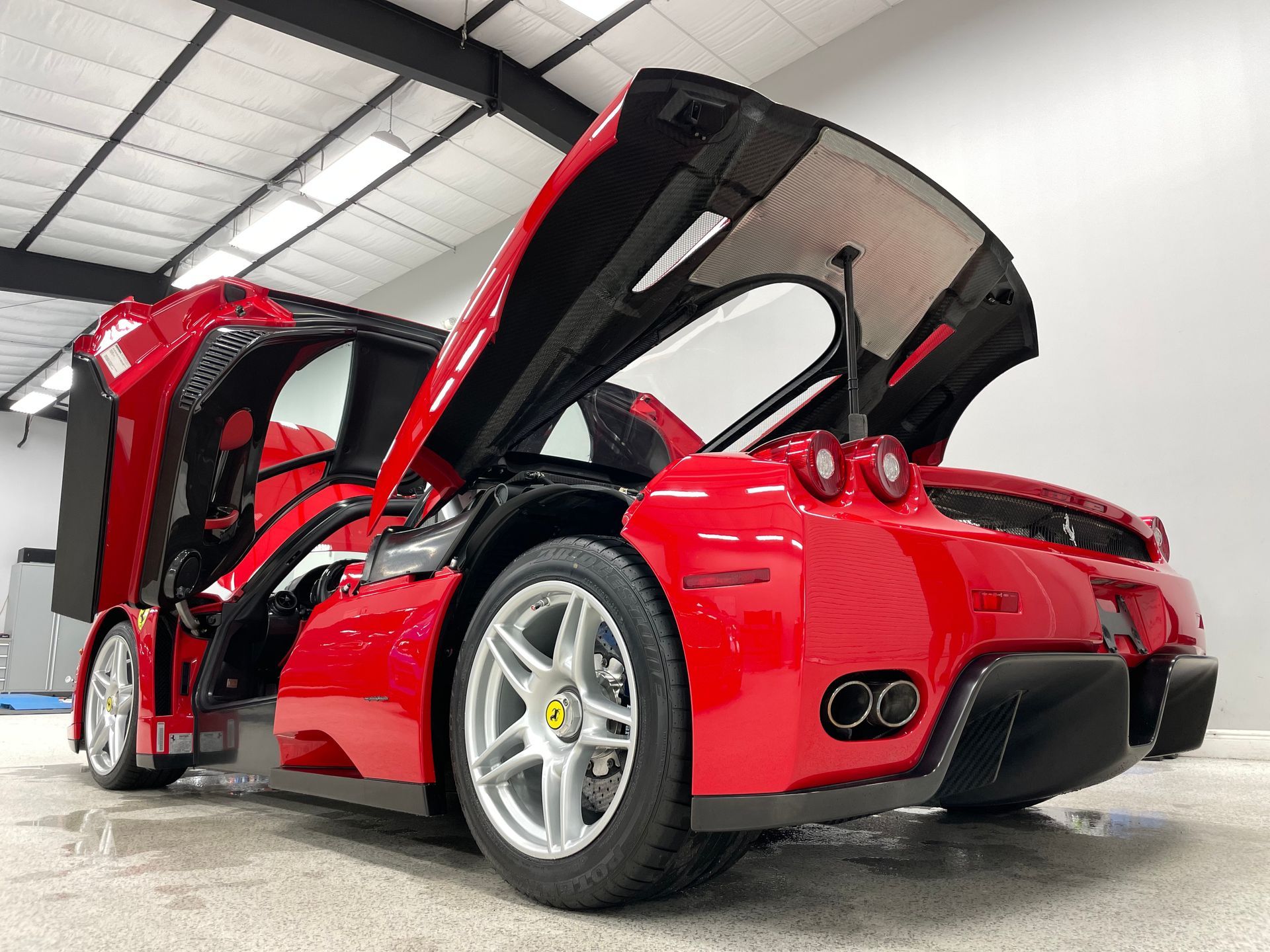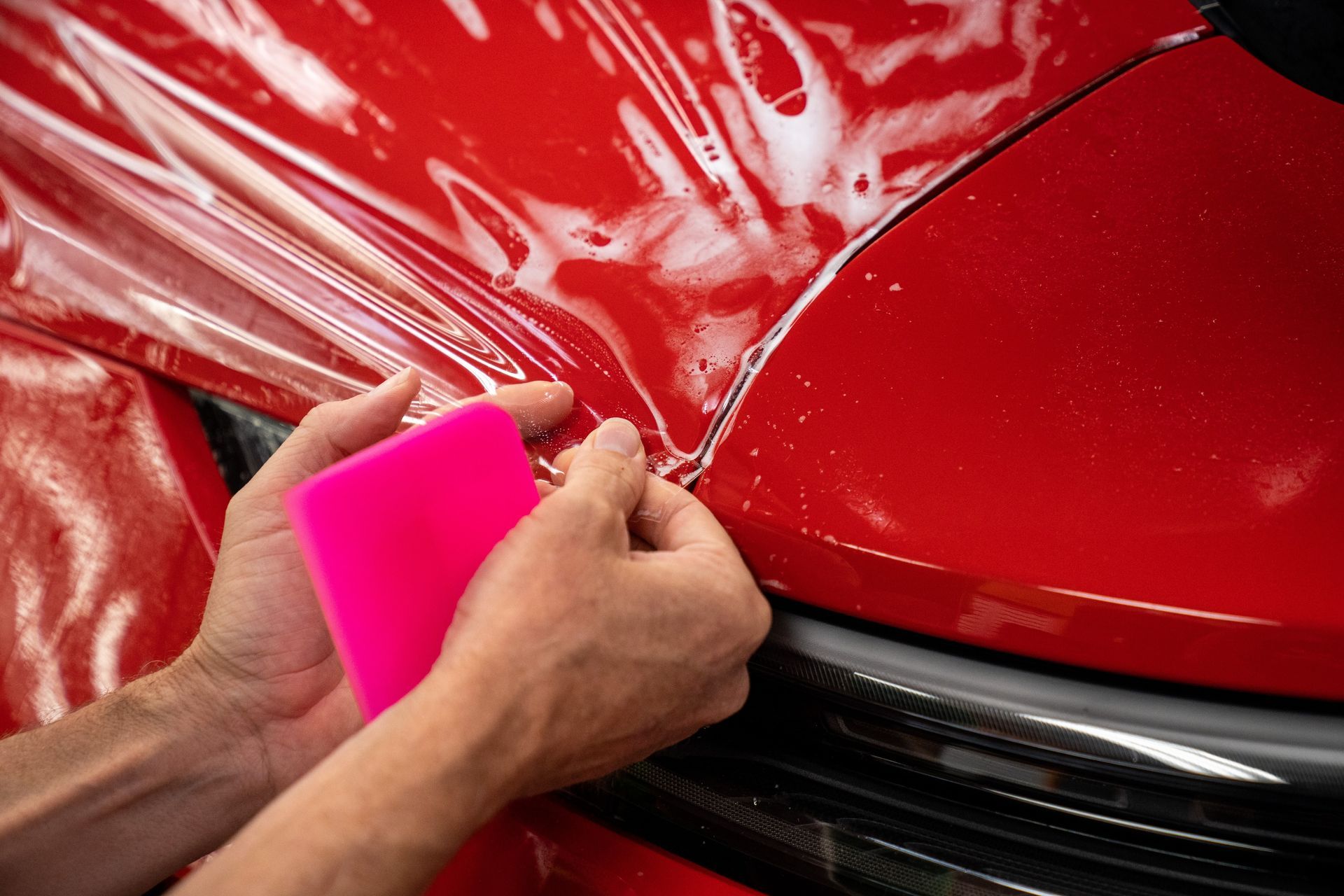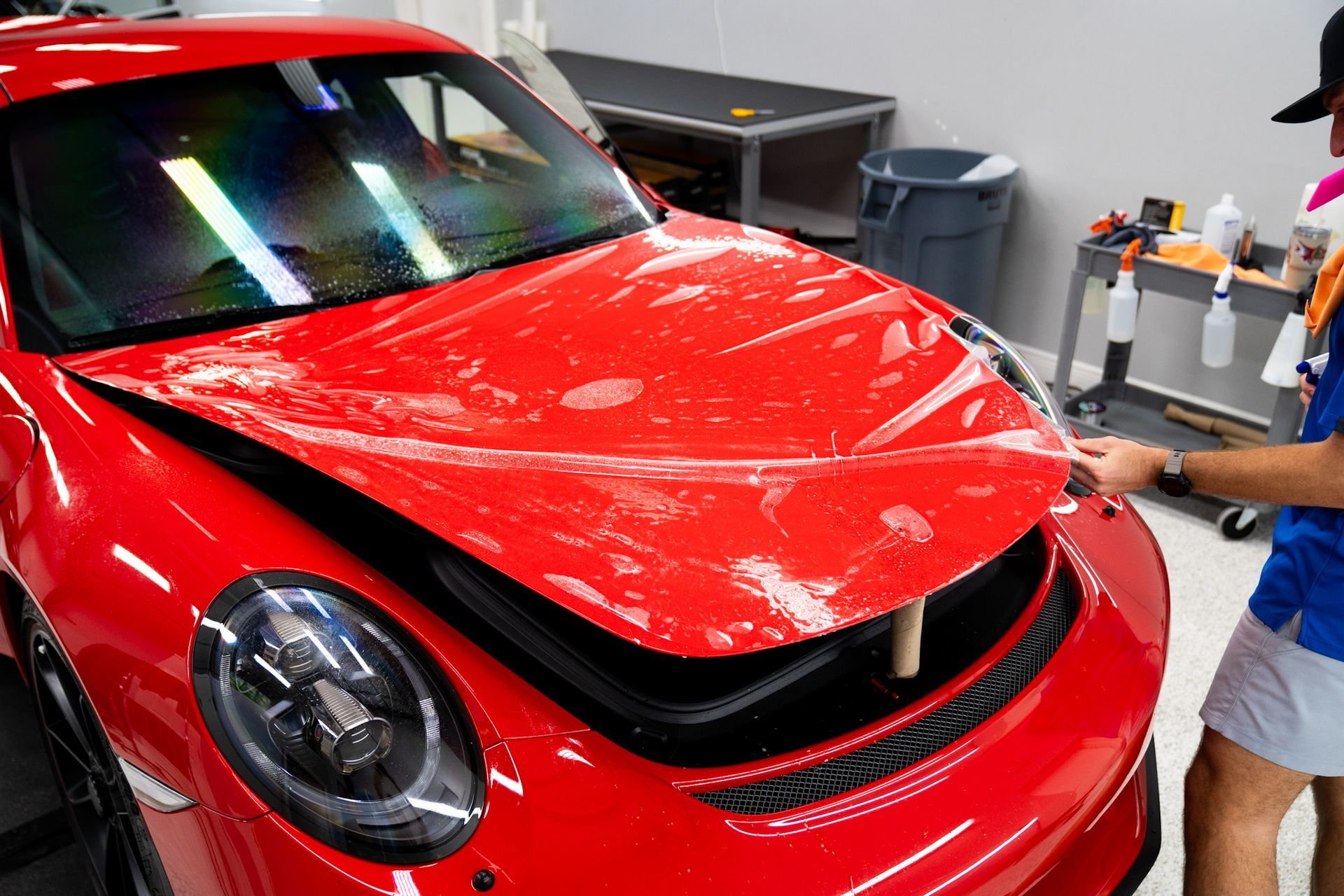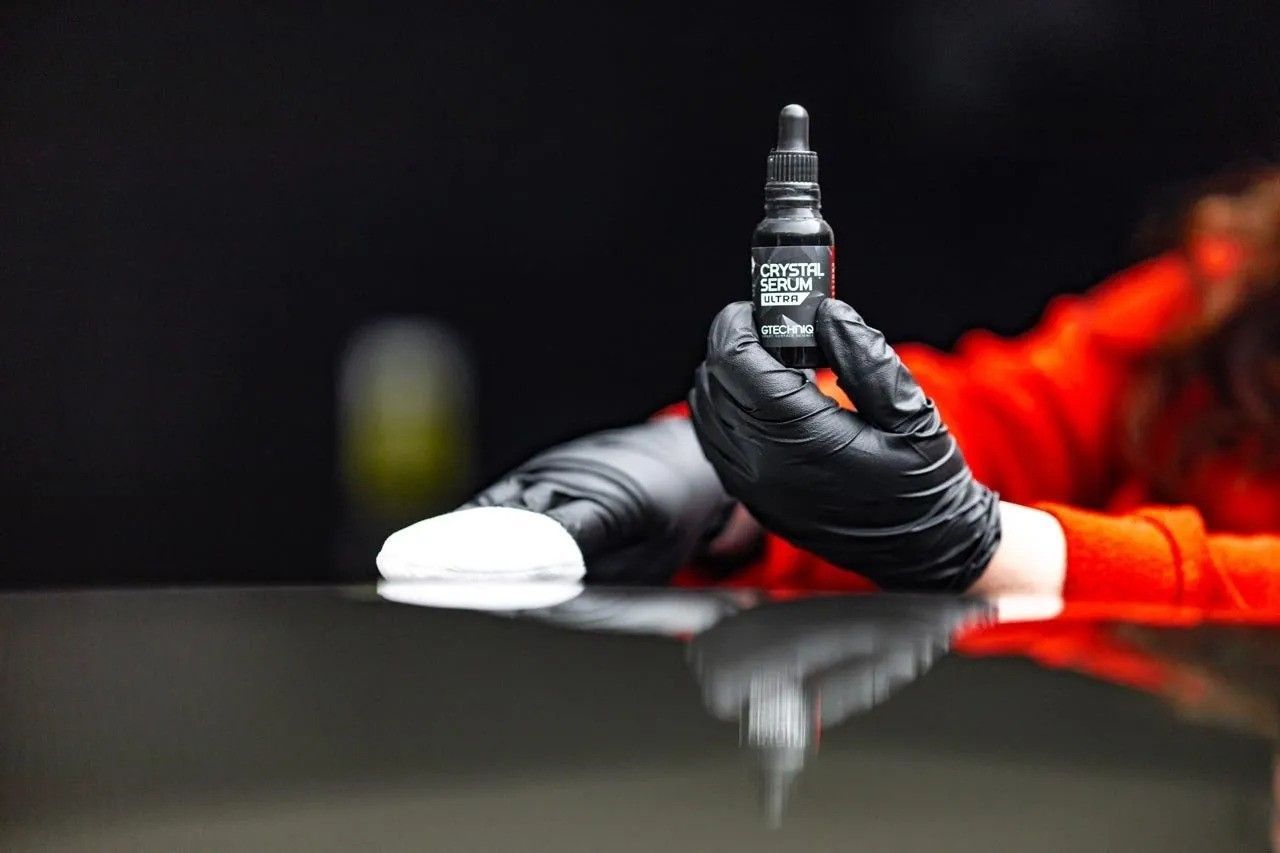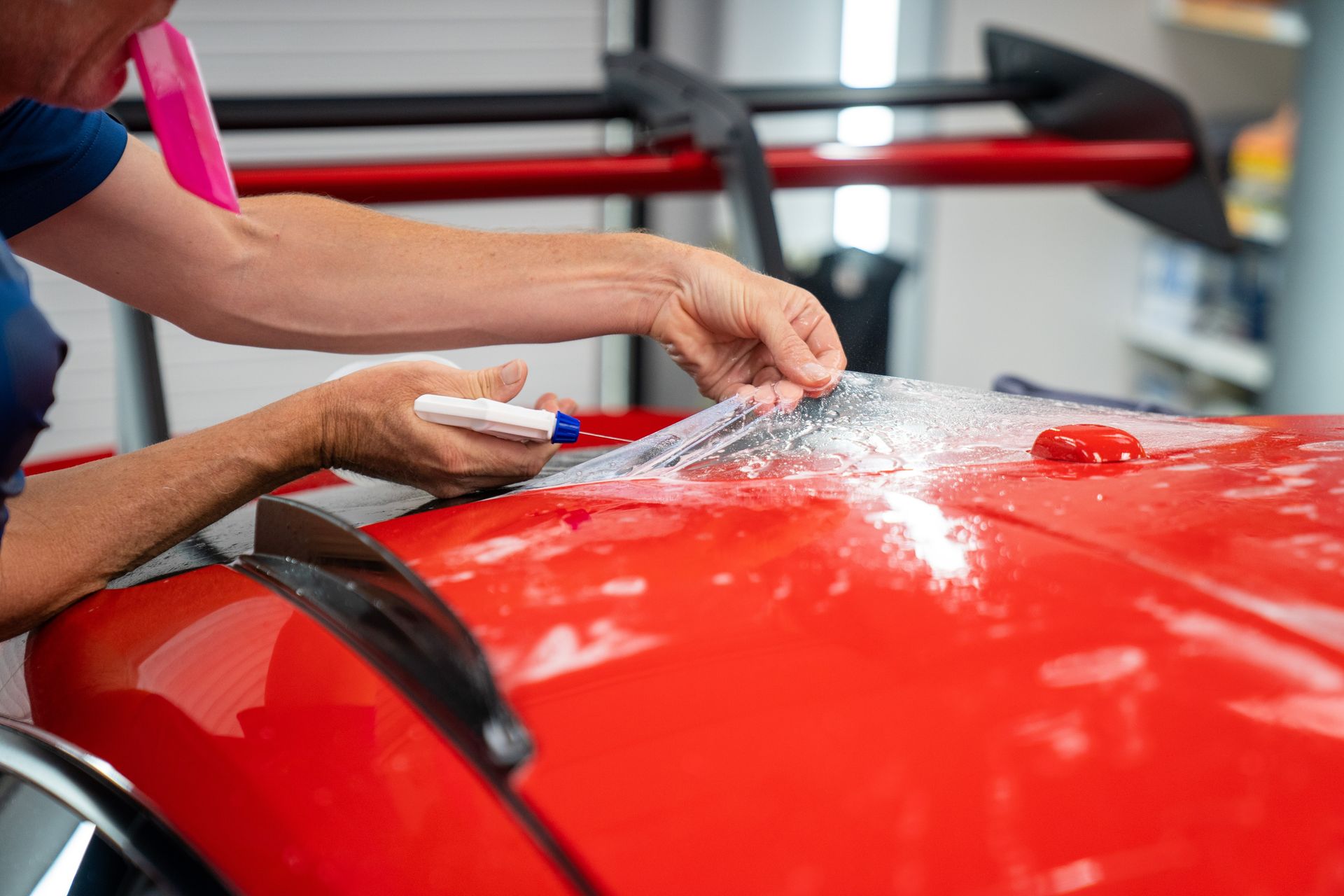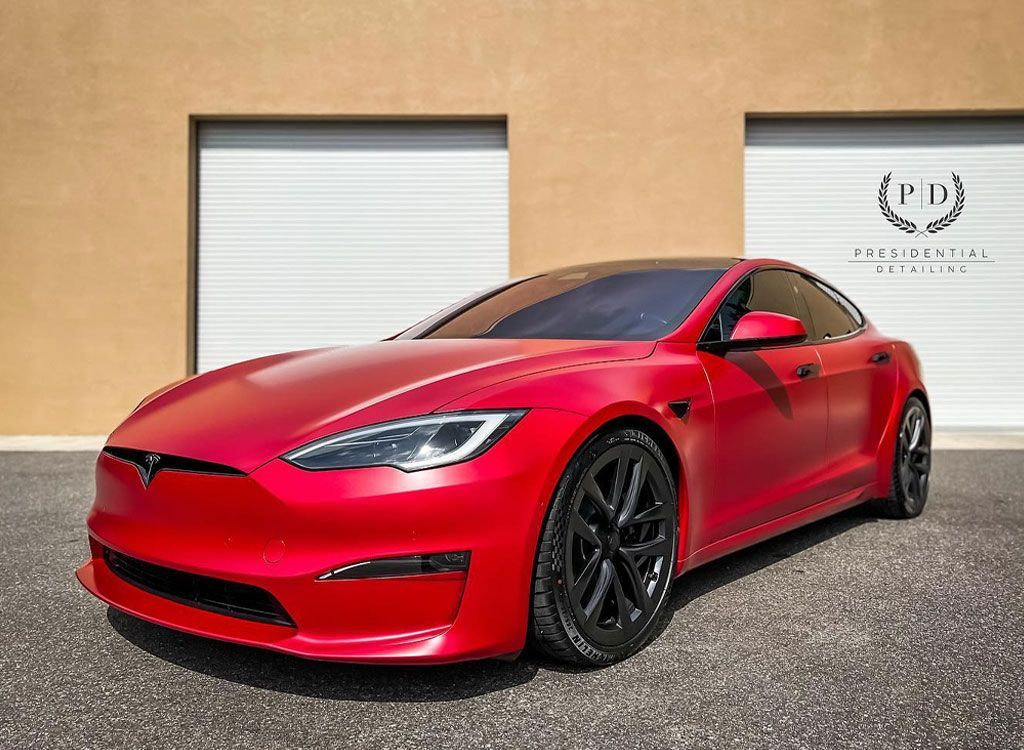PPF Shields Tampa Cars From Road Hazards and Paint Damage
CALL (813) 723-9679
GET A FREE ESTIMATEThe daily commute in Tampa just got a little less worrisome. Paint protection film (PPF) has come to the rescue of all vehicle owners who cringe at the thought of stone chips, potholes, and excessive sun damage vandalizing their beloved vehicles. Let PPF serve as your invisible armor while you traverse Tampa roads with confidence. You will discover how this revolutionary technology works as a shield against inevitable damage and can transform your automotive experience in significant ways.
Presidential Automotive Detailing provides an authoritative explanation of how paint protection film acts as a barrier between your vehicle's paint and the various road hazards found in Tampa. It discusses how the film helps protect against rock chips, debris, UV rays, and other potential damages caused by daily driving conditions. By using paint protection film, car owners can safeguard their vehicles from the unique challenges posed by Tampa's roads.
Understanding Paint Protection Film
Paint protection film, also known as clear bra or PPF, is a thin, transparent layer of polyurethane that is applied to the exterior surface of a vehicle. This self-healing film provides a high level of protection against various elements that can harm and damage the paint of your car. The film acts as a barrier, guarding against rock chips, scratches, bird droppings, insect stains, and other environmental contaminants. Applying paint protection film has several advantages. Firstly, it protects the vehicle's original paintwork from day-to-day wear and tear caused by road debris and other hazards. Instead of damaging the actual paint surface, any impact on the film leaves it unscathed. This preserves the resale value of your car and keeps it looking new for longer.
Additionally, PPF is virtually invisible when properly installed by professionals. It seamlessly integrates with the car's paint color and finish, providing an almost unnoticeable layer of protection. This way, you can maintain the aesthetic appeal of your vehicle while ensuring its longevity. Another important feature of paint protection film is its self-healing properties. Minor scratches or swirl marks on the film can disappear over time due to heat exposure from sunlight or warm water. This makes it an excellent choice for protecting your car's sensitive areas like bumpers, fenders, and hood from any accidental scuffs or abrasions.
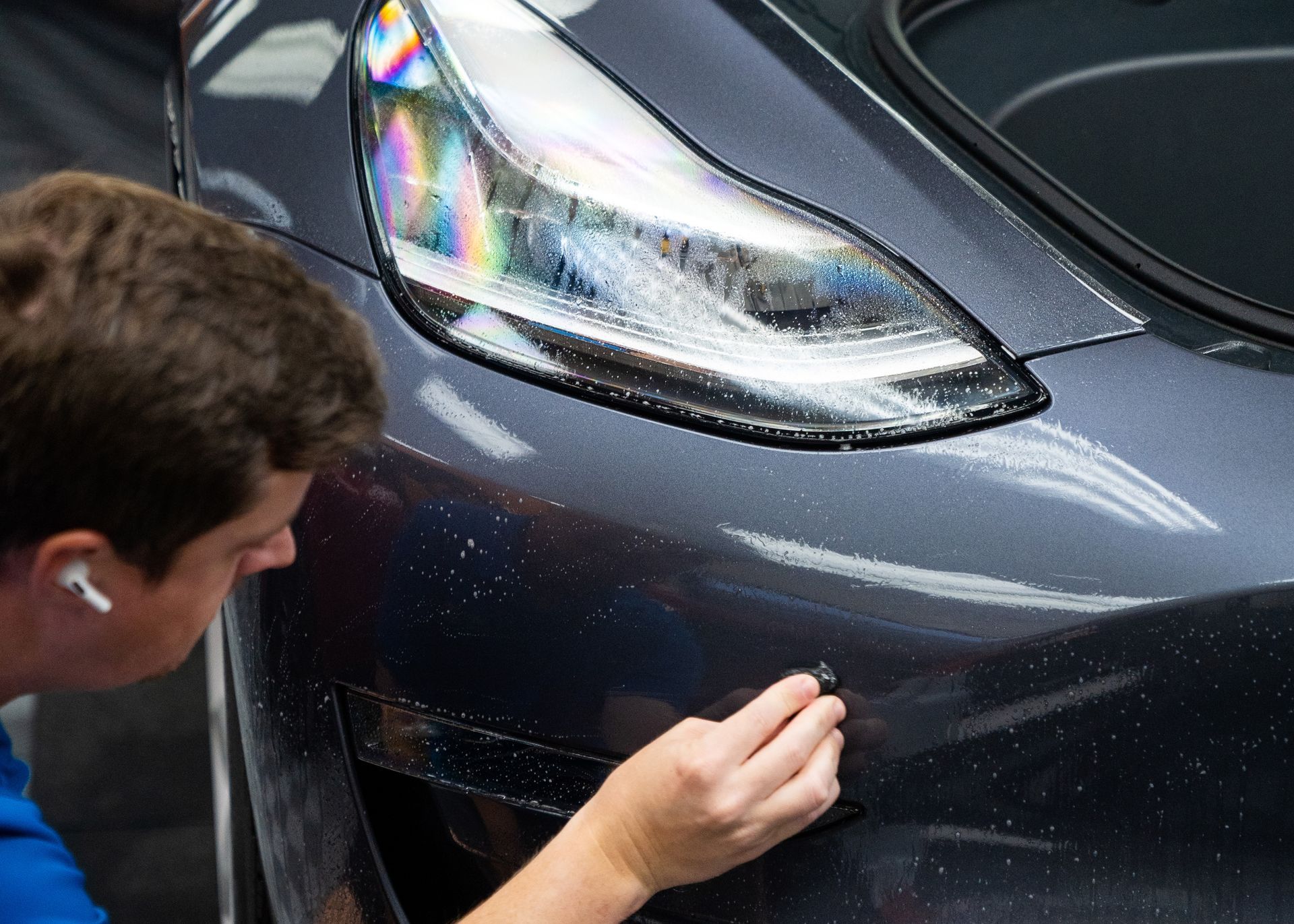
Key Benefits of the Tampa Environment
Living in Tampa means facing unique challenges for your vehicle's exterior due to its specific environment. The hot and humid weather, combined with daily exposure to intense sunlight, can take a toll on your car's paint over time. However, applying paint protection film offers several benefits that are especially valuable in this environment. Here are some benefits of paint protection film in Tampa:
- Protection against UV rays and fading
- Resistance to heat and high temperatures
- Preventing damage from bird droppings and insects
- Shielding against sand, salt, and road chemicals
- Ease of maintenance despite environmental factors
The scorching sun in Tampa is not just a threat to your skin; it can also cause paint damage on your car. The UV rays can lead to color fading and deterioration of the clear coat. Applying paint protection film acts as a shield, significantly reducing the impact of harmful UV rays and preserving your car's vibrant appearance for years to come. The resistance of the film to high temperatures is crucial in Tampa's climate. As your car sits under the blazing sun, the PPF helps to prevent heat-related issues like discoloration or warping of certain materials. This ensures that your vehicle retains its original look without succumbing to the harsh weather conditions. Here are other environmental hazards in Tampa:
- Intense sunlight
- High humidity
- Frequent thunderstorms and rain
- Road debris
Paint protection film takes into account other environmental hazards specific to Tampa as well. It shields your car against bird droppings, insects, sand carried by wind, salt on roads during coastal drives, and chemicals used for road maintenance. By being proactive and investing in paint protection film, you minimize the potential damage caused by these elements.
Role of Paint Protection Film for Road Damage
When it comes to shielding your car against the hazards of the road, paint protection film plays a vital role. This innovative protective layer acts as a barrier between your vehicle's exterior and the various elements that can cause damage. Its purpose goes beyond simply preserving the appearance of your car; it also helps maintain its value and longevity. By understanding the role of paint protection film in preventing road damage, you can make an informed decision on whether to invest in this effective safeguard.
One of the primary purposes of paint protection film is to shield your car from physical impact and abrasive damage. As you drive along Tampa's roads, tiny debris like rocks, stones, and gravel can be kicked up by passing vehicles or thrown onto your car by other road users. Without a protective layer in place, these particles can cause unsightly chips, scratches, or even deep dents on your car's paintwork. Beyond protecting against physical impact damage, paint protection film also serves as a crucial defense against harmful particles that can degrade your car's exterior finish over time.

Guarding Against Harmful Particles
In addition to rocks and debris, there are numerous other particles on Tampa's roads that can pose a threat to your vehicle's paintwork. Factors like environmental pollution, bird droppings, tree sap, insect residue, and even harsh weather conditions can gradually deteriorate your car's finish if left unprotected. Paint protection film acts as a shield against these harmful particles by creating a sacrificial layer that absorbs and repels their damaging effects. It acts as a barrier, preventing the particles from directly contacting your car's delicate paint and clear coat.
Consider the experience of having parked your vehicle under a tree for an extended period of time. When you return, you find your car's surface covered with sticky sap and bird droppings. Without any protection, it would be an arduous task to remove these substances without damaging the paint underneath. However, with paint protection film in place, cleaning becomes more manageable, and any potential harm is mitigated. By investing in paint protection film for your car, you give yourself peace of mind knowing that its exterior is safeguarded against not only physical impact damage but also the relentless assault of harmful particles encountered on Tampa's roads.
Shield From Impact and Abrasive Damage
When it comes to protecting your car's paint against the hazards of Tampa roads, paint protection film is a game-changer. This innovative solution acts as a shield, safeguarding your vehicle from impact and abrasive damage caused by everyday elements on the road. But how does the film accomplish this? Paint protection film is constructed using advanced technologies and materials that offer exceptional resistance to impact and abrasions. It consists of multiple layers, including a clear polyurethane film, designed to absorb the force of impact or friction while preventing it from reaching the surface of your vehicle.
If you accidentally brush against a wall while parking, or maybe another car's door hits yours in a crowded parking lot, the paint protection film acts as a sacrificial layer, taking the hit and preventing the actual paint from being damaged. The self-healing properties of some premium films also allow minor scratches to disappear over time with exposure to heat or sunlight. Moreover, Tampa's tropical climate brings heat, UV rays, and high humidity—elements that can fade and degrade your car's paint job. Paint protection film not only acts as a physical barrier against these environmental factors but also has UV inhibitors that protect against discoloration and fading.
Evaluating the Durability of Protection Film
The durability and longevity of paint protection film are crucial factors to consider when investing in this technology. After all, you want a solution that can withstand the rigors of Tampa's challenging road conditions and maintain its protective qualities for an extended period of time.
One of the primary indicators of durability is the thickness of the film. Thicker films generally offer better protection against impacts and abrasions. However, advancements in technology have allowed for the creation of thinner films that provide comparable performance without compromising durability. High-quality paint protection films often come with manufacturer warranties that guarantee their longevity. Another crucial aspect to consider when evaluating the durability of protection film is its ability to resist yellowing and discoloration over time. Premium films are designed with special additives that prevent yellowing caused by UV exposure, ensuring your car maintains its sleek and vibrant appearance for years to come.
Researching customer reviews and feedback on different brands and types of paint protection films can provide valuable insights into their long-term performance. Real-world experiences shared by other car owners can help you make an informed decision about which film offers the best combination of durability and value. Ultimately, the key to evaluating the durability of protection film lies in selecting a reputable manufacturer and installer who uses high-quality materials and follows proper installation techniques. Working with professionals who understand the product ensures optimal results and long-lasting protection for your car.
Trusted Paint Protection Film Experts in Tampa, FL
Preserve the pristine beauty of your vehicle with Presidential Automotive Detailing, your trusted paint protection film experts in Tampa, FL. Our team of skilled professionals is dedicated to providing top-notch protection for your vehicle's paint, ensuring it withstands the rigors of daily driving and environmental elements. Trust in our expertise to deliver flawless installation of high-quality paint protection films, creating an invisible shield that safeguards your investment. Don't compromise on the longevity and aesthetics of your vehicle's finish; choose Presidential Automotive Detailing for unparalleled expertise in paint protection today!

